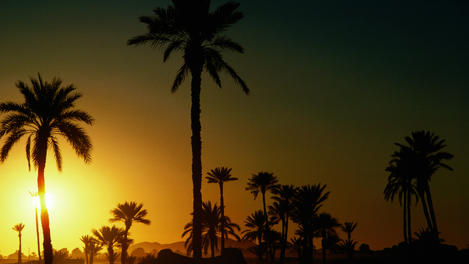Heading to Morocco? The tourism outlook

When it comes to tourist hotspots, Morocco is one of the big hitters. Just a few hours’ flight away from Europe’s major cities, it plays a strong hand to city-breakers, and adventure- and sun-seekers alike. At nine million foreign visitors a year, it’s second only to Egypt as a North African holiday destination.
But Morocco isn’t immune to international events, and as North Africa and the Middle East experience the turmoil of the Arab Spring, many would-be visitors to Morocco are giving pause to wonder whether a holiday is still safe, feasible or appropriate. Admittedly, Morocco hasn’t seen the same upheavals that Tunisia or Egypt have experienced, let alone the violence in Libya, but confidence in tourism did take a knock with a bombing in a Marrakesh café in May, which was ascribed to Islamist militants, the first such attack in the country since 2003.
Tourism accounts for around 10% of Morocco’s GDP, but taken together, the bombing and headlines from the wider region look like making 2011 a quiet year for the Moroccan tourist industry. That said, none of this should necessarily have you reaching for your guidebooks to France or Italy instead. Morocco remains a safe holiday destination, and no governmental travel warnings currently advise against travel. The flipside of dropping visitor numbers means those heading to Morocco can find themselves some great guesthouse and hotel deals.
Let’s go!
Well-served by both budget and scheduled airlines, the main entry points to Morocco are Marrakesh, Casablanca, Fès and Tangier – the latter also being an important ferry point for visitors from Spain. In the summer, head for the cooling sea breezes of Essaouira and Asilah. The latter holds a three-week art festival in July, overlapping with Marrakesh’s Festival of Popular Arts.
Best time to go
If you’re free with your travel dates, you might want to consider avoiding visiting Morocco in August. Not only is this the hottest time of the year (Marrakesh is particularly scorching), but this year it coincides with Ramadan, the Muslim month of fasting. Restaurants catering to tourists aren’t affected, but it’s hot work on the tourist trail when you can’t just pop into the first café you see for a refreshing drink.
With autumn, Morocco is once again prime travelling territory. Accommodation prices rise, but everyone’s in high spirits after Ramadan. The beaches empty and even the desert benefits from gentle breezes. Now is the time to dive into the winding streets of the Fès medina (which celebrates its founder in a huge moussem or religious festival in September) or even snag yourself a wife at Imilchil’s Berber Marriage festival.
What to see
The warm days and cool nights of autumn are also ideal for seeing the best of natural Morocco. The High Atlas Mountains are the most popular destination for trekking – most notably for those wanting to tackle Jebel Toubkal, north Africa’s highest mountain, but there are plenty of lesser known areas, such as the gorgeous Ameln Valley in the Anti-Atlas. The more heavily wooded Rif Mountains in the north also offer good hiking opportunities, and an excuse to base yourself in the blue-washed town of Chefchaouen.
Tourism in Morocco might be taking a slight knock at the current moment, but there’s still plenty on offer for those ready to make the trip.
Further reading: Get these essential tips to Morocco or explore its magnificent cuisine. Got the kids in tow? We’ve got tips for tackling Marrakesh with children.
morocco culture,moroccan food,morocco food,moroccan cuisine,morocco beaches,moroccan meal,beaches in morocco,moroccan culture,hercules cave,hercules cave morocco